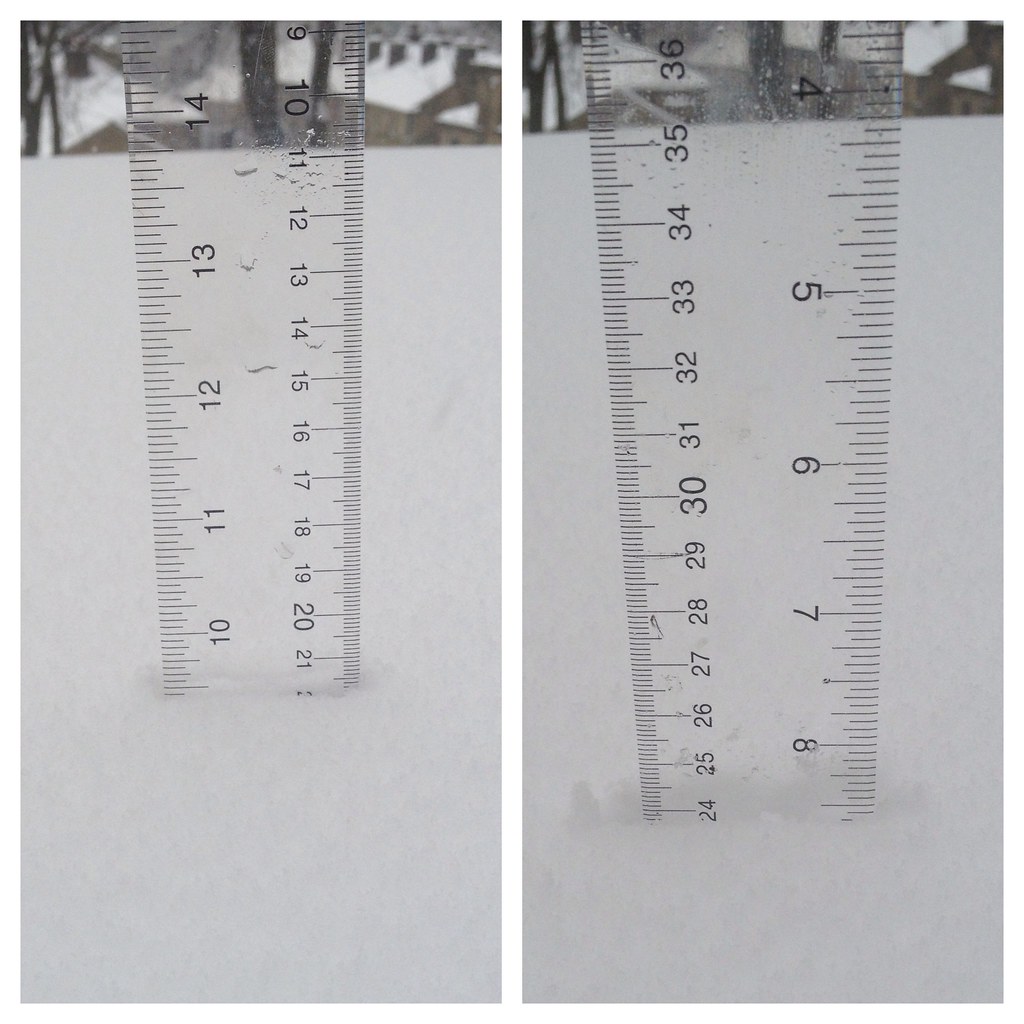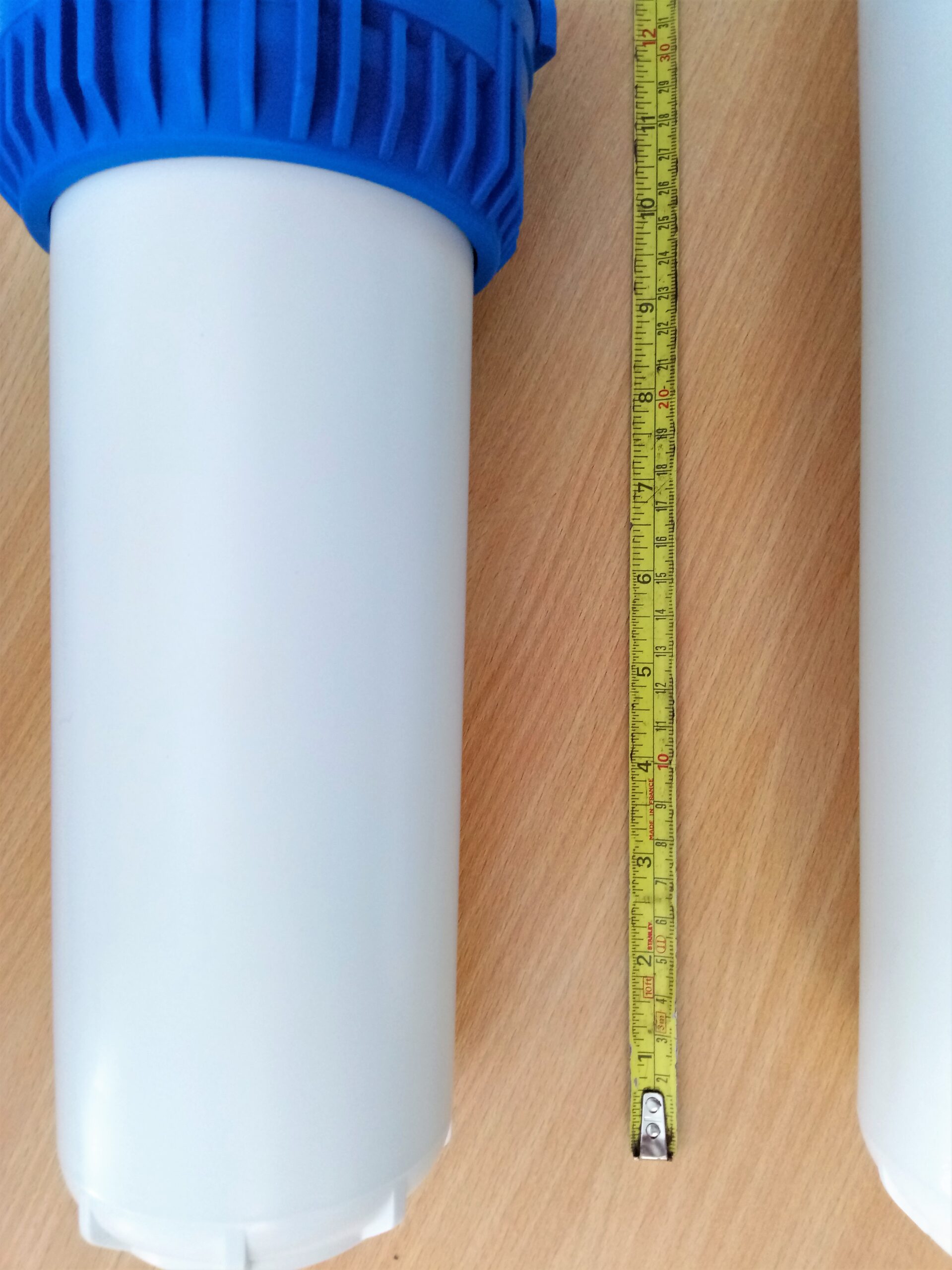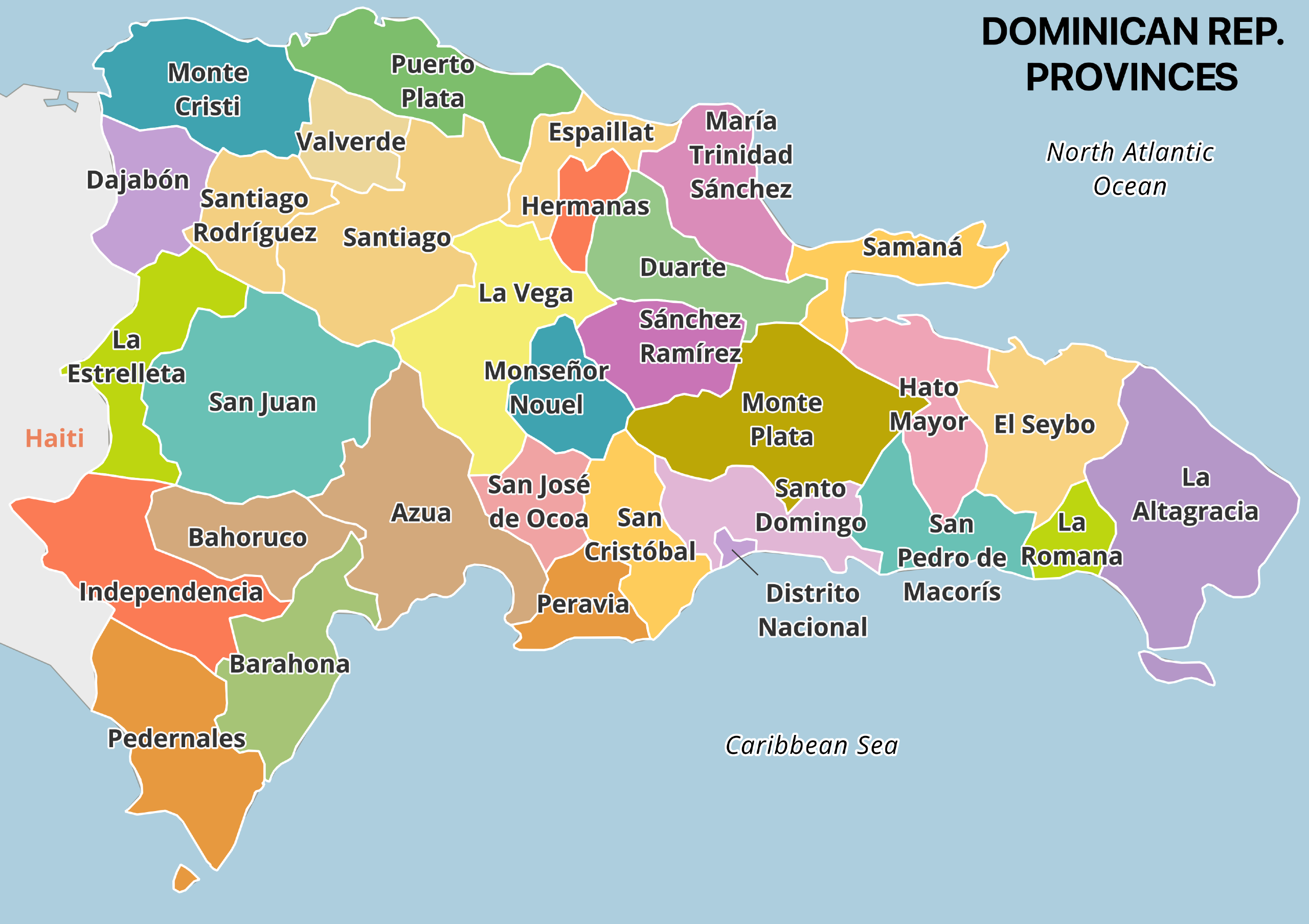Welcome to our blog post on converting 24cm to inches! Whether you’re a math enthusiast, DIY guru, or just curious about measurements, understanding the conversion between centimeters and inches is essential. In this article, we will guide you through converting 24cm to inches step-by-step and explain why having this knowledge can be valuable in various aspects of life. So, let’s dive in and unlock the secrets behind this measurement puzzle!
Understanding the Metric and Imperial Measurement Systems
The world of measurements can be perplexing at times. We find ourselves juggling between two different systems: the metric system and the imperial system. But fear not! Understanding these measurement systems is simpler than you might think.
First, we have the metric system, which is widely used around the globe. It’s based on powers of 10, making conversions relatively straightforward. In this system, centimeters (cm) are commonly used to measure smaller lengths or distances.
On the other hand, we have the imperial system primarily utilized in countries like the United States and Canada. This system prefers inches as its unit for measuring length or distance.
Now, why are there two separate systems? Well, it all boils down to historical reasons and geographical variations in usage over time.
While some countries have adopted one particular measurement system exclusively, others use a hybrid approach depending on trade relations and cultural influences.
Understanding both systems can be beneficial in many situations. For example, if you’re traveling internationally or working with global partners, knowing how to convert measurements between centimeters and inches can save you from confusion and ensure accurate communication.
Additionally, knowing both systems opens up opportunities for collaboration across borders by bridging potential gaps caused by differences in measurement preferences.
So whether you’re measuring ingredients for your next culinary masterpiece or planning a DIY project that requires precise dimensions – understanding both metric and imperial measurement systems will undoubtedly be helpful!
Remember: Knowledge is power when navigating through our diverse world of measurements. So let’s unravel more about converting centimeters to inches, specifically focusing on our challenge today – converting 24cm into its inch equivalent!
Converting Centimeters to Inches The Basics
When it comes to measuring things, there are different systems of measurement used around the world. The metric system is widely used and understood, while the imperial system is primarily used in countries like the United States. Understanding how these two systems work can be valuable, especially when you need to convert measurements from one system to another.
One standard conversion that often comes up is converting centimeters to inches. Centimeters are a unit of length in the metric system, while inches are a unit of length in the imperial system. Knowing how to convert between these two units can be helpful for various reasons.
For instance, if you have a tape measure or ruler that’s marked in centimeters but you’re more familiar with inches, quickly converting between them allows for easier understanding and accuracy when taking measurements.
Additionally, if you’re working on an international project or collaborating with individuals from different regions who use different measurement systems, knowing how to convert between centimeters and inches helps facilitate clear communication and ensures everyone understands each other’s measurements.
The formula for converting centimeters cm into inches (in) is simple: 1 cm = 0.39370079 in. To convert any given value from centimeters to inches, all you need to do is multiply it by this conversion factor.
It’s essential to remember that conversions may involve rounding off decimals since both systems have slightly different increments. However, rounding to two decimal places is sufficient for most everyday purposes.
Why Knowing the Conversion is Important
Understanding the conversion from centimeters to inches is essential for various reasons. First and foremost, it allows for seamless communication between individuals who use different measurement systems. In many parts of the world, including the United States, inches are still commonly used daily. At the same time, centimeters are more prevalent in countries that have adopted the metric system.
Knowing how to convert centimeters to inches is also helpful for international commerce and trade. Many products have measurements listed in metric and imperial units, so understanding and converting between the two can make online shopping or purchasing items abroad much more accessible.
Additionally, grasping this conversion can be essential for specific professions or hobbies. For example, architects often work with building plans that include dimensions in both centimeters and inches. Accurately converting between these units ensures that their designs will meet specifications no matter where they are implemented.
Similarly, crafters and DIY enthusiasts may need to switch back and forth between these measurements when working on projects or following tutorials from various sources worldwide.
Knowing how to convert 24cm into inches (or any other measurement) is practical and expands our global understanding of measurement systems. It allows us to communicate effectively across borders and engage with a broader range of worldwide information and resources.
Common Uses for Centimeters and Inches
Centimeters and inches are both widely used units of measurement, each with its own set of applications. Centimeters are commonly used in scientific fields such as physics and engineering, where precise measurements are required. They are also the preferred unit for measuring length in many countries that use the metric system.
Inches, however, are predominantly used in countries that follow the imperial measurement system, like the United States. They find their most common uses in everyday objects, such as furniture dimensions, clothing sizes, and construction projects. Inches provide a more relatable measurement for individuals who grew up using this system.
Both centimeters and inches have their advantages depending on the context. For example, centimeters may be favored when working with small-scale models or intricate designs due to their inherent precision. On the contrary, inches may be preferable when dealing with larger objects or rough estimations since they offer a more easily understandable scale.
Whether measuring ingredients for a recipe or determining your height before riding a roller coaster at an amusement park – understanding how to convert between centimeters and inches can come in handy! So, next time you encounter these measurement systems, keep this conversion knowledge ready!
So embrace your inner math geek or DIY enthusiast knowing how to convert 24cm into inches will be helpful throughout your life’s endeavors!
24cm in Inches: Step-by-Step Conversion Guide

Converting centimeters to inches is a simple process that can be useful when working with measurements. If you have 24cm in inches and need to know the equivalent in inches, follow these step-by-step instructions.
First, we need to understand the conversion factor between centimeters and inches. The conversion factor is 2.54, meaning 2.54 centimeters in one inch.
To convert 24cm to inches, divide the number of centimeters by this conversion factor:
It’s important to note that this is an approximate value since converting between metric and imperial units may involve rounding off numbers.
To ensure accuracy when measuring with either centimeters or inches, it’s always advisable to use reliable tools like rulers or tape measures specifically designed for precise measurements.
Understanding how to convert between different measurement systems allows you to efficiently work with metric and imperial units depending on your needs.
Knowing how many inches are in a given number of centimeters allows for seamless communication across different countries and industries where either system may be used.
Tips for Accurate Measurements
1. Use a ruler or measuring tape: Using the right tools is essential to ensure accurate measurements. A ruler or measuring tape with clear markings can help you get precise readings.
2. Start from zero: When measuring with a ruler or tape, always start from the zero mark. This will give you an accurate measurement without any discrepancies.
3. Take multiple measurements: To be even more precise, take various measurements and calculate the average. This helps eliminate any errors due to slight variations in measurement technique.
4. Use steady hands: Keep your hands steady while taking measurements to avoid shaking or movement that could affect accuracy.
5. Double-check your results: Once you’ve taken your measurements, double-check them to ensure they’re consistent and accurate.
6. Be aware of unit conversions: If you’re converting centimeters to inches (or vice versa), understand and apply the conversion factor correctly.
7. Practice consistency: Whether it’s the way you hold a ruler or how firmly you press it against an object, maintaining consistency in your measurement technique can lead to more accurate results over time.
Remember, accuracy is critical when it comes to measurements! By following these tips, you can obtain reliable and precise measurements every time.
Conclusion
Understanding the conversion between centimeters and inches is essential in our lives. Whether it’s for measuring clothing sizes, calculating dimensions for home improvement projects, or simply satisfying our curiosity about different units of measurement, knowing how to convert 24cm to inches can be incredibly useful.
By following the step-by-step guide in this article, you have the knowledge and tools to convert 24cm into inches accurately. Use a reliable conversion formula or an online converter for convenience and precision.
When taking measurements, always ensure that you are using accurate instruments such as rulers or tape measures. Pay attention to details and take multiple measurements if necessary to minimize errors.
Also Read: Ryan Waller





